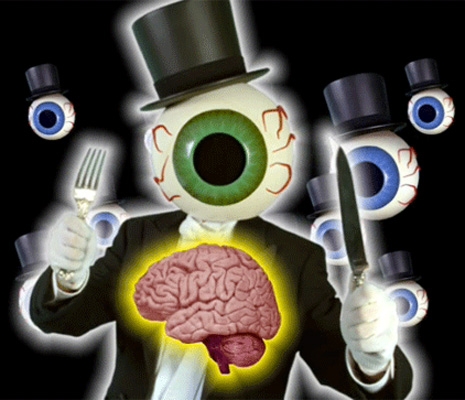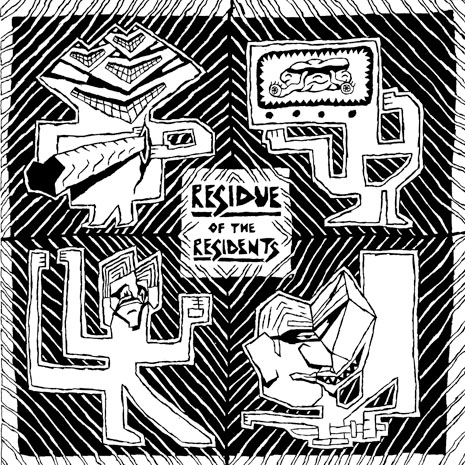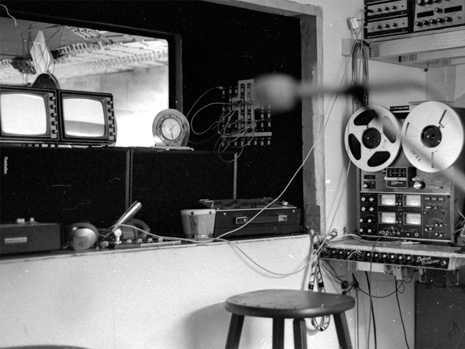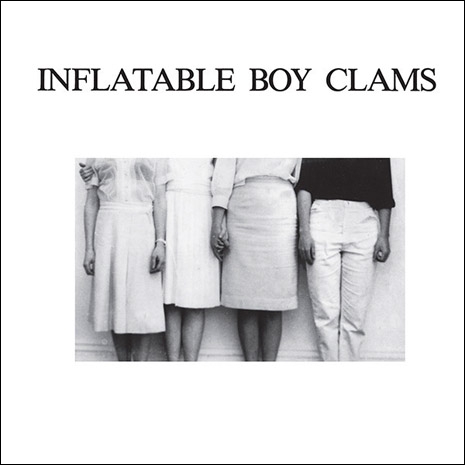
It’s really easy to get me to wax rhapsodic about my years in college radio, and I enthusiastically recommend the experience to anyone who has the chance to get involved. Being 18 in the ‘80s with access to a massive record library full of choice obscurities, and immersion in a milieu that encouraged discovery and exchange was probably the single best possible place I could have spent my formative years as a lover of weirdomusic. There are lots of brilliant things I unearthed or got tipped-off to back then that have stuck with me forever, but the recording I want to talk about today is a self-titled 2X7” by Inflatable Boy Clams, a wonderful but largely lost all-female art-punk band hailing from early-80s San Francisco.
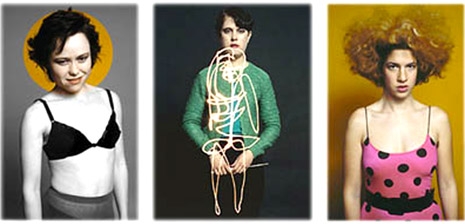
I can’t remember exactly who hipped me to them. It might have even been the DJ who was training me to take an airshift, but whoever it was, he noticed the acutely weird stack of records I was previewing—I was growing interested in art-noise and outsider music at a time when the left of the dial was chiefly populated with legions of REM and Replacements me-toos, thankfully WRUW had and has a much more diverse ethos—and did a “Hey, if you’re into THAT stuff, you should check THIS out!” and handed me that Boy Clams EP. I fell instantly in love with “Skeletons,” a genuinely creepy bit of minimalist freak-funk that came off like an anxiety-disordered attempt to play a Tuxedomoon song, with sparse bass, sax, and keyboard lines undulating over barely-extant drums, and vocals that sounded like a little kid trying to sing like the Residents.

I have literally never seen another copy of that record in real life. It got one pressing on Subterranean Records, and that was that, certainly no CD reissue. When copies turn up for sale online, the asking price typically hovers around or above $50, a price I balk at for double ALBUMS, let alone double seven-inchers. (Someone please wake me when the goddamn vinyl bubble bursts.) But a fan site has kept the band’s memory alive, and thanks to the marvelous reissue label Superior Viaduct, I will have my hands on the record soon! They’re releasing it anew in January, in its original 2X7” form, from the original master tapes, and for a good bit less than $50.
Eventually, I would learn that Inflatable Boy Clams was formed by ex-members of the fantastic New/No Wavers Pink Section (also being reissued by S.V., it merits mentioning), and that “Skeletons” was a Halloween staple on Rodney Bingenheimer’s radio show, but at the time, I was just mesmerized by the Boy Clams’ strange dirge/spoken-word piece “I’m Sorry,” a twisted and hilarious recitation of half-assed apologies for treating friends really shabbily.






